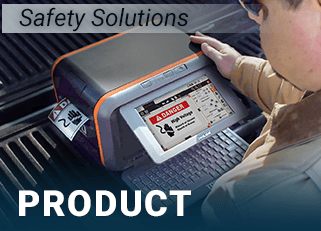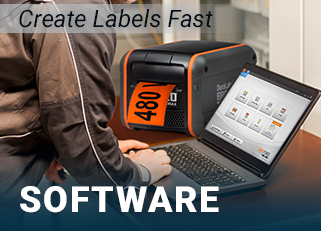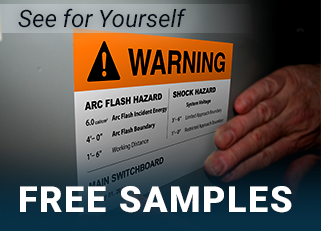CMMS and Safety in the Workplace
03
February,
2023
2 MINUTE READ

The adage of "time is of the essence" rings loud and clear in industry. When there is high demand, downtime can be a killer. Therefore, industrial efficiency is crucial. At the forefront of modern industry, there's good reason to implement more digital tools, especially a computerized maintenance management system. A solid CMMS changes the game as companies go from reactive to proactive, using real-time data to maximize operational efficiency and improve workplace safety.
Technological Tools
Businesses need technological tools that are easy to install, use, and connect smoothly with overall operations. No one knows that better than the rapid online retailer Amazon. To improve safety and maintain efficiency, the retail giant recently began using a new maintenance management system. This new system is one way the company sustains its lean manufacturing principles. Using computer vision, Amazon says it now has the speed and accuracy it needs to identify problems consistently.
Other companies such as Fender Musical Instruments Corporation and RS Components say they also enjoy the benefits of CMMS to hurdle unplanned downtime issues. While CMMS has been around for decades, more modern versions address a multitude of maintenance managers' operational pain points.
"CMMS is designed specifically for maintenance, so it is only natural that it offers a more broad range of features for maintenance management," said Bryan Christiansen, founder of Limble, a CMMS software company. "Also, CMMS can be efficiently used by small and big business alike."
A CMMS can be a powerful tool for ensuring that the correct safety procedures are followed and that proper compliance is executed and documented.
"Modern CMMS allows for detailed instructions to be followed on safety procedures," Christiansen said. "For example, a Lockout/Tagout procedure can require that a photo be taken of the lock in place to ensure and document that the step was performed correctly. This increases the compliance rate of safety procedures and allows the company to have the needed documentation for compliance."
Improving Facility Safety
CMMS allows you to include safety instruction into the maintenance checklist technicians use when performing routine maintenance. Moreover, you can add helpful screenshots, notes, diagrams, and sometimes even videos (depends on the CMMS provider). If a lean facility is using the 5S system, a CMMS can help with signs, labels, barcoding, floor marking, and other visual communication and asset management tools. The software can also help with GHS/HazCom and ASME pipe marking projects.
"Visual markers could help with safety documentation you might keep stored in a CMMS or can be referred to when creating maintenance checklists which are also stored inside the CMMS database," Christiansen said.
Managing maintenance, services, and other types of facility upkeep are important for efficiency and safety. CMMS and visual communication can improve the safety of employees and the reliability and performance of assets, and have the potential to transform any company's safety programs. CMMS has benefits that help safety managers meet needs proactively as well as cost-effectively. Along with CMMS, a combination of lean tools, such as signs, labels, and floor marking, can have a double duty for efficiency and safety. With so many potential risks ahead in 2021, now is the perfect time to invest in safety and efficiency.
RELATED RESOURCES

3 Smart Ways to Improve Kanban
Sometimes, it's not smooth sailing after a company goes lean. Kanban is a workflow management method to ...
Read
Strategies for a Confident Supply Chain System
Today's supply chain systems are streamlining everything, from software to safety programs, for maximized ...
Read
Refresh Facility Labeling Projects
An efficient workplace has labels and signs in place that work with the facility's goals. Check operational ...
Read.png)


